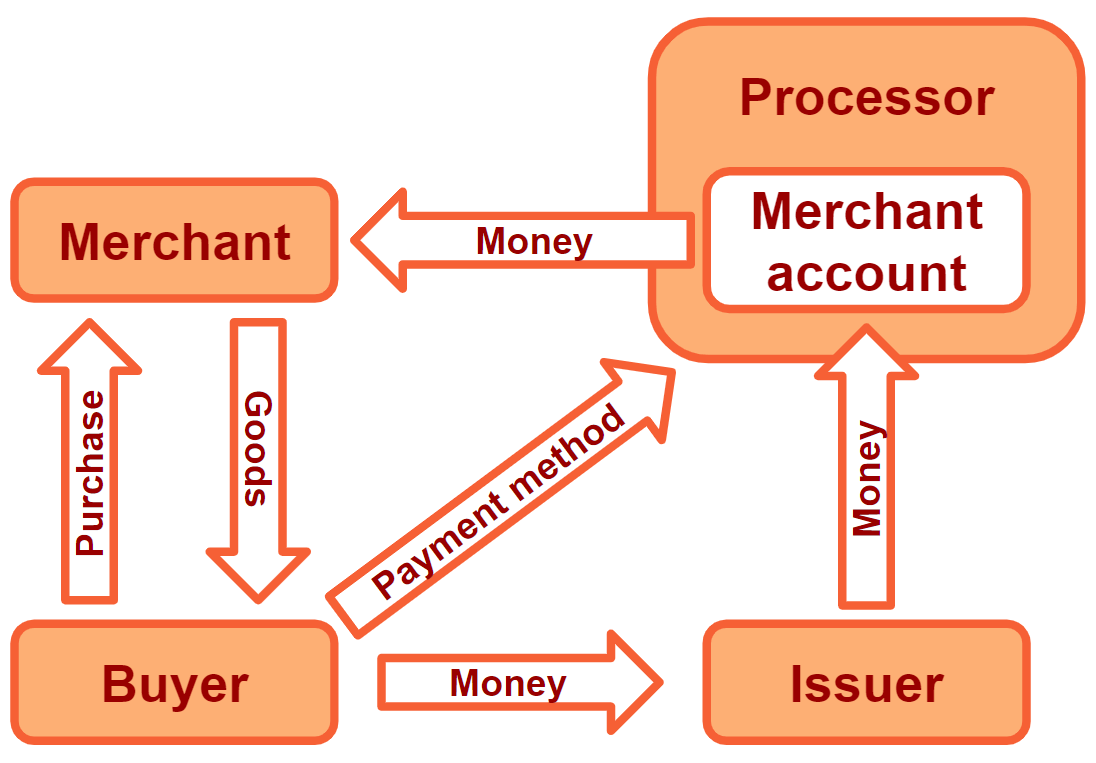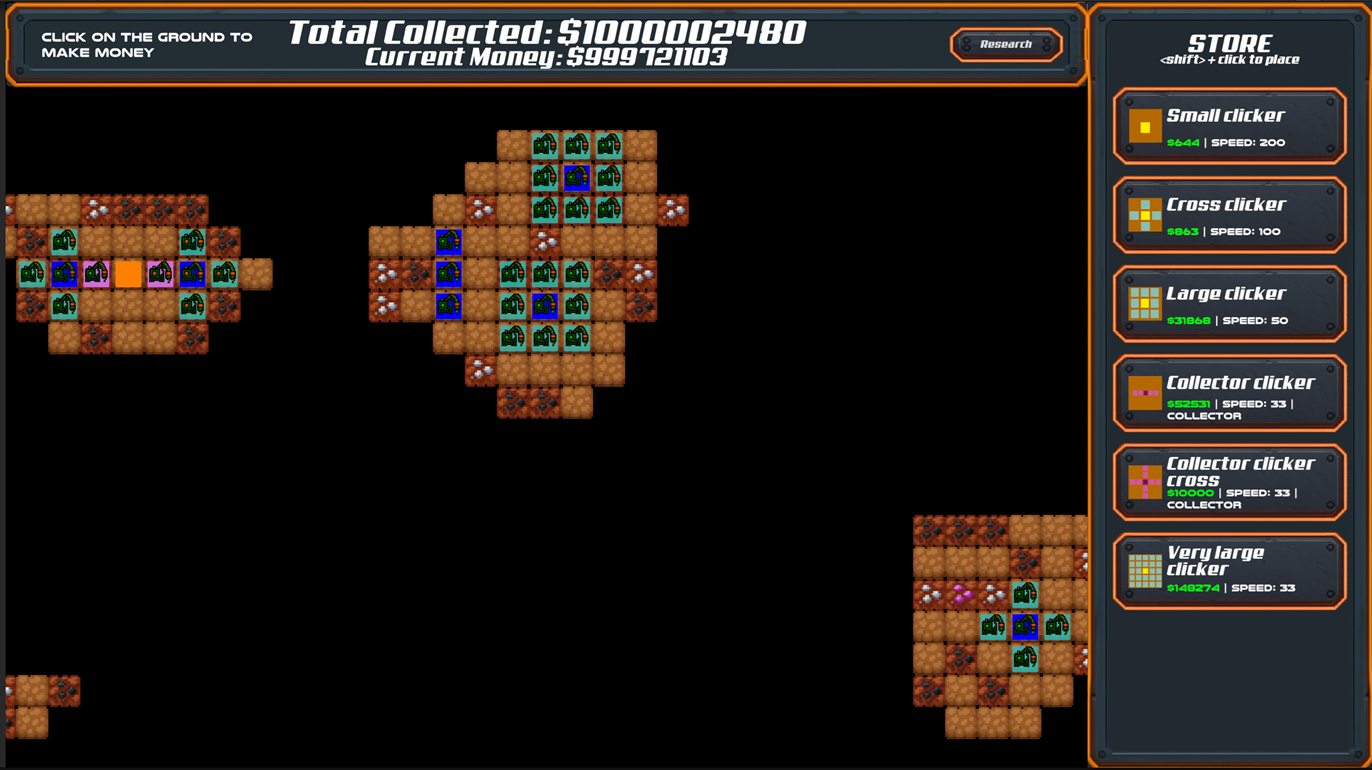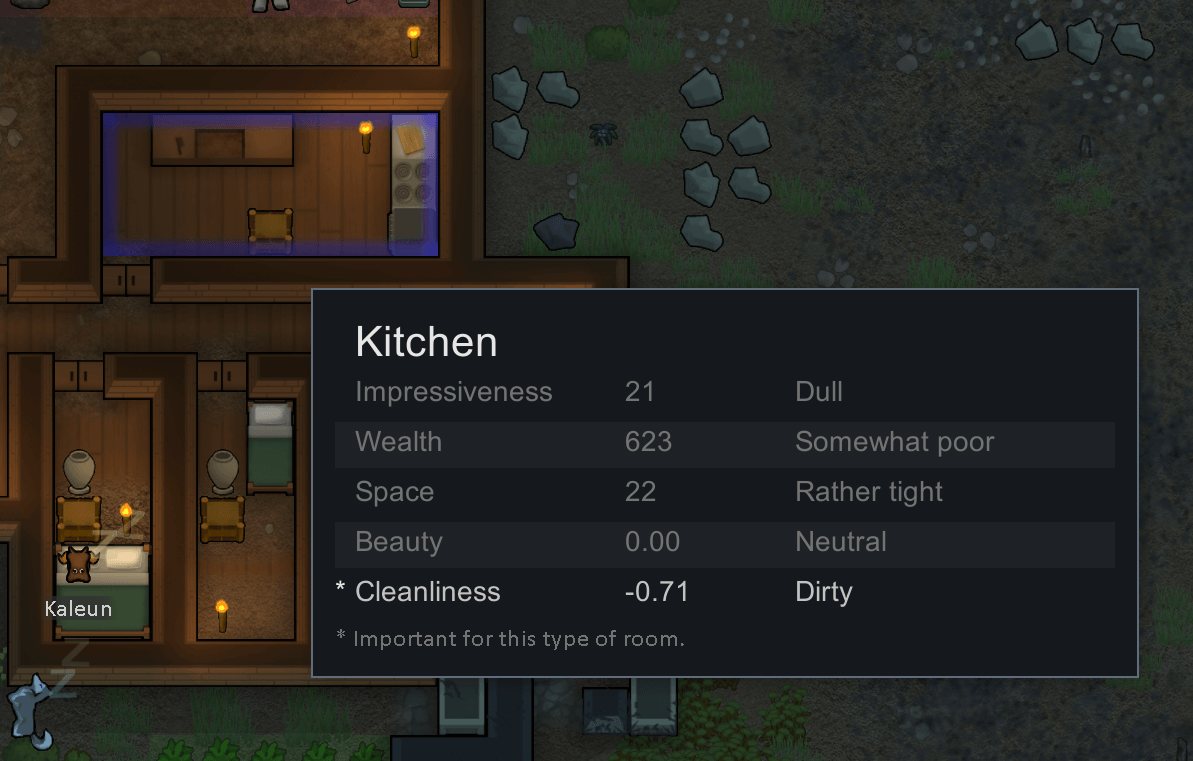Product presentation and meeting tips (Brainstorming does not work)
As a product manager, you do a lot of presentations: to your fellow product managers, your squad, customer success, sales, marketing, and others. Looking at my calendar, I do one to three presentations each week. Not all of them are called ‘Presentation’, yet all of them share the notion of me presenting some content to the other participants and them responding in some way.
Over the years I’ve come to realize that these meetings can be optimized. Meetings consume a lot of time, instead of a single person they involve a group, and every moment the meeting is not relevant to some of its participants is a waste of time and energy. I can bet that you and others within your organization would agree with the statement ‘we have too many meetings and some are a waste of time.’ You can do better.
Preamble: Brainstorming does not work
The concept and technique of brainstorming originate in the 1930s and has been popular since the 1950s. In those days, people in the lower ranks of the organizational hierarchy did not express freely in front of higher ranks, wary of having their ideas judged by higher ranks. To overcome that, a method and a time unit in which ideas can be brought up while postponing judgment was created. Later, ideas were judged and decisions were taken, yet participants were acknowledged for bringing up ideas regardless of the final verdict.
More than seven decades later, a fear to express oneself is no longer a cultural dictate. Also, in many organizations, the actual meaning of brainstorming is something like ‘everyone says something without any method and at the end, it is not very clear what to do next’, somewhat of a ‘let’s just talk it/do it’ approach. It is far from the original
brainstorming technique which is very much organized and includes only a phase of ‘free’ conversation.
Move to a workshop set of mind
A few months ago I stumbled upon The Workshopper Playbook by AJ&Smart. I realized that it put in a very good way the notion I had developed previously in vague terms, that if you just put people in a room and ask them to work or think together, nothing comes out of it. Brainstorming does not work, as well as any other ‘free spirit’ approach. Since then, I approach each meeting I organize that includes four or more participants with a workshop mindset. I don’t necessarily follow the method in the playbook, but I make sure I have a clear understanding of the goals and structure of the meeting. The following sections roughly describe my thought process and toolset for optimizing meetings with a workshop state of mind.
Decide on goals and expectations
Actions without pre-thought clear goals are deemed to entirely fail or entirely succeed, and both results are not welcome. If you don’t have any goals you can't succeed. If your goal is to ‘talk and see what’s next’ you have 100% to succeed in talking and seeing what’s next.
Ask yourself what this meeting should result in? Do you want to inform others about upcoming changes and answer their questions? Get feedback on your plans or designs? Decide who is the owner of a specific task? Collectively decide between alternatives? Approve your plans with your managers? Lay down the space of alternatives and analyze them? Each of these can be a goal, and you can also combine several. First thing, be clear with yourself.
Once you know your goals, it is easier to understand your expectations from others. Ask yourself what is it that you need from others in order to achieve this goal. Is it feedback? Approval? Contribution of a professional point of view? A joint decision?
Communicate goals and expectations as early as you can
Allowing others to understand the goals of the meeting and what is expected of them is essential to make any meeting, and any process, effective. When you communicate your goals and expectations in advance, people can prepare in advance. Such preparation might take the form of just thinking about it in advance, or of a well-formed assignment to do before the meeting. You can ask people to read materials beforehand, or even give participants ‘homework’ assignments , especially in case of complex topics that require the input of many people.
Not all meetings require communication in advance. Some meetings are very short or scheduled at short notice, and it’s not worth it to communicate in advance. Also, some meetings might be around sensitive matters and pre-communication could be interpreted in the wrong way, intensifying reactions instead of cooling down the group. In such cases, make sure you communicate goals and expectations early in the meeting.
Next: Story, Context, Scope, Wrapping up
In the next part of this post I will talk about storytelling, bringing people into context, scoping the meeting and wrapping it up. Until then, sign up for updates to get a notification when the next part is live.
Share if you think it's good

Don't miss a thing
We promise to only send you the good stuff. No spam.

